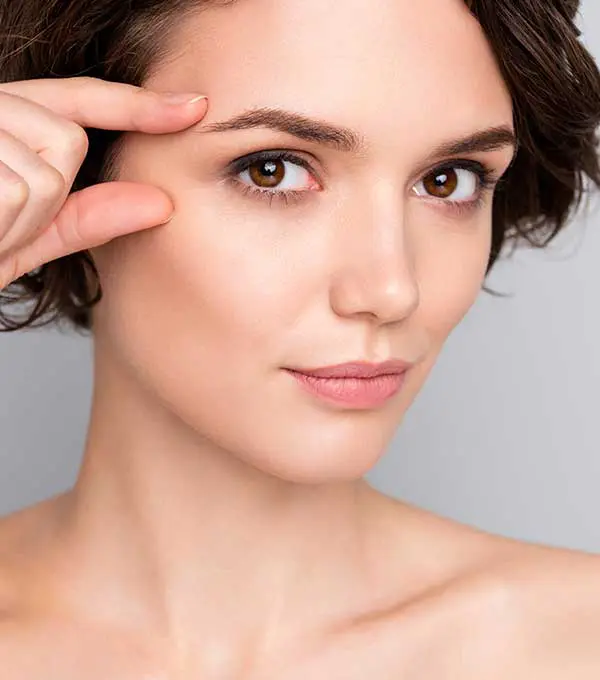



There is an optimal degree of symmetry. This may seem counter-intuitive that you can be too symmetrical, but if you look at image of people where the left side if reversed and shown on the right side (i.e. a complete mirror), the perfectly symmetrical face inevitably looks weird and unnatural. On the other hand, even minor asymmetries detract from optimal appearance.
Asymmetries tend to develop over time as we age for a variety of reasons. For example, most people sleep on one side or chew their food on one side of their mouth more than the other. Over time, such repeated stresses on the skin or overdevelopment of muscles lead to asymmetries of the face. Another example is asymmetrical sun exposure. This is most obvious with people who drive a lot. The side of the face that is closest to the window receives significantly more sun exposure that the other side. This can break down collagen and lead to a more aged face on one side, which presents as asymmetry.
Examples of areas that can be asymmetrical include temples, eyebrows, cheeks, eyes, nose to mouth lines, lips and jawline. It takes an advanced knowledge of anatomy, a great deal of experience and, most importantly, an artistic eye to assess minor asymmetries and put together a treatment plan to resolve them. This is work that cannot be done in isolation on one area of the face. The face in its entirety must be viewed from a holistic perspective, and then the optimal degree of symmetry achieved. The treatments administered, and the order in which they are done, will depend on the causes of asymmetry. Typically we will work from the top of the face down, replacing lost volume and relaxing muscles as we do. This is because gravity pulls weakened skin down, and you need to optimise the upper areas before you can truly see what is require lower down in the face.

